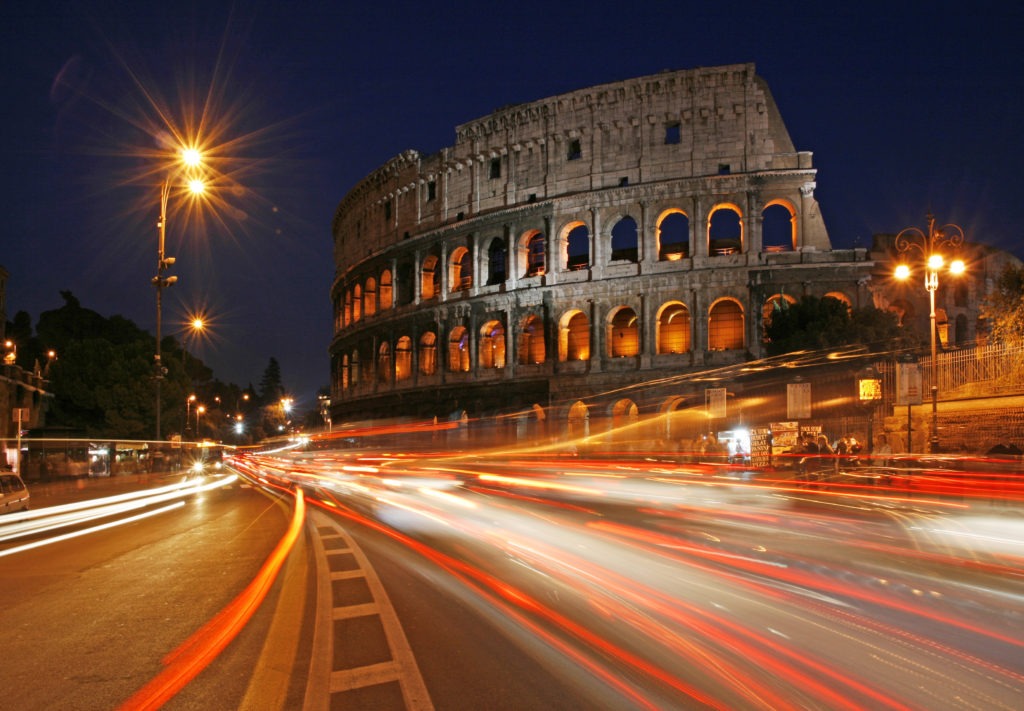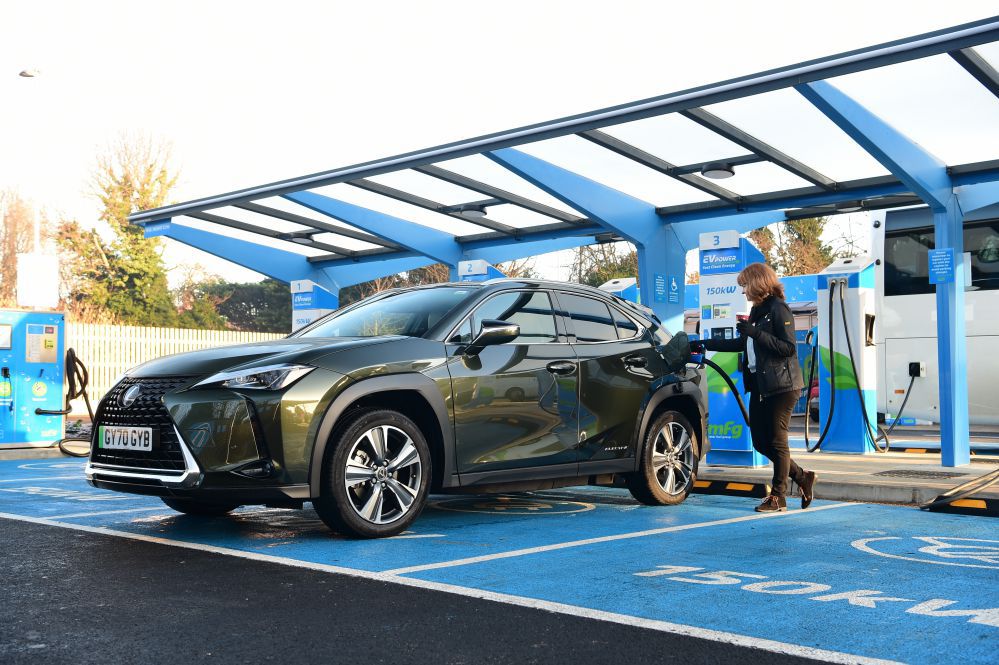Italy to invest €2 billion in low-emission vehicle incentives
11 April 2022

The Italian government will incentivise electric and low-emission vehicle purchases over the next three years. A total of €650 million will be made available in 2022, 2023, and 2024. The investment is taken from the government’s automotive fund, which has a total budget of €8.7 billion until 2030.
‘With the green light to the incentives, we are giving a concrete and long-awaited response to the automotive sector, which is going through deep suffering,’ said Italian minister of economic development, Giancarlo Giorgetti. ‘The multi-year measure will allow companies to make industrial plans on the road to development.’
Reshaped automotive incentives
Based on a decree proposed by Giorgetti and signed off by prime minister Mario Draghi, the new incentives look to reshape the purchase of electric, hybrid and low-emission vehicles. This includes cars, motorbikes, and commercial vehicles.
Private consumers will be able to claim a subsidy of €3,000 for an electric car with a net price of up to €35,000. The new model must have an CO2 emissions range of 0-20g/km. Another €2,000 will be granted if an internal-combustion engine (ICE) car at or below the Euro 5 level is scrapped as well. These electric vehicles (EVs) have been assigned €220 million this year, €230 million in 2023, and €245 million in 2024.
Purchases of plug-in hybrids (PHEVs) with a 21-60g/km emission range and a net €45,000 price tag, will be backed by a €2,000 incentive. Another €2,000 can be contributed if an ICE model at or below the Euro 5 level is scrapped. This PHEV incentive will be funded with €225 million in 2022, €235 million in 2023, and €245 million in 2024.
Electric and hybrid mopeds and motorcycles will also receive a 30% contribution towards their purchase price, up to a maximum of €3,000. If a corresponding vehicle fitted with an ICE at Euro 3 or older is scrapped, the incentive ceiling rises to 40%, up to a maximum of €4,000. The budget for these two-wheelers is set at €15 million for 2022, 2023, and 2024.
Small and medium-sized enterprises (SMEs) will be able to apply for a €4,000 incentive for a battery-electric vehicle (BEV) weighing up to 1.5 tonnes. €6,000 will be available for those in the 1.5 tonne to 3.5-tonne category, €12,000 for those between 3.5 tonnes and seven tonnes, and €14,000 between seven tonnes and 12 tonnes. A budget of €10 million has been set aside for 2022, €15 million for 2023, and €20 million for 2024.
Suffering automotive sector
In March, Italy’s new-car market suffered a 29.7% year-on-year decline, with only 119,497 registrations. COVID-19 is continuing to deal damage, the war in Ukraine is harming supply chains, and inflation is on the rise. But another major factor has been the restraint of consumers as they awaited the return of incentives.
However, those hoping this latest round of funding will totally turn around the fates of the Italian new-car market will likely be disappointed. Even Giorgetti recognised that the crisis in the sector is beyond such incentives.
‘I am convinced that incentives are not the solution to the crisis in the sector, which needs to undergo a thorough overhaul, but they are an emergency instrument to get through a difficult period,’ Giorgetti said. ‘First the pandemic, then the shortage of raw materials and now the war is also putting a strain on this sector, which is one of Italy’s flagships.’



